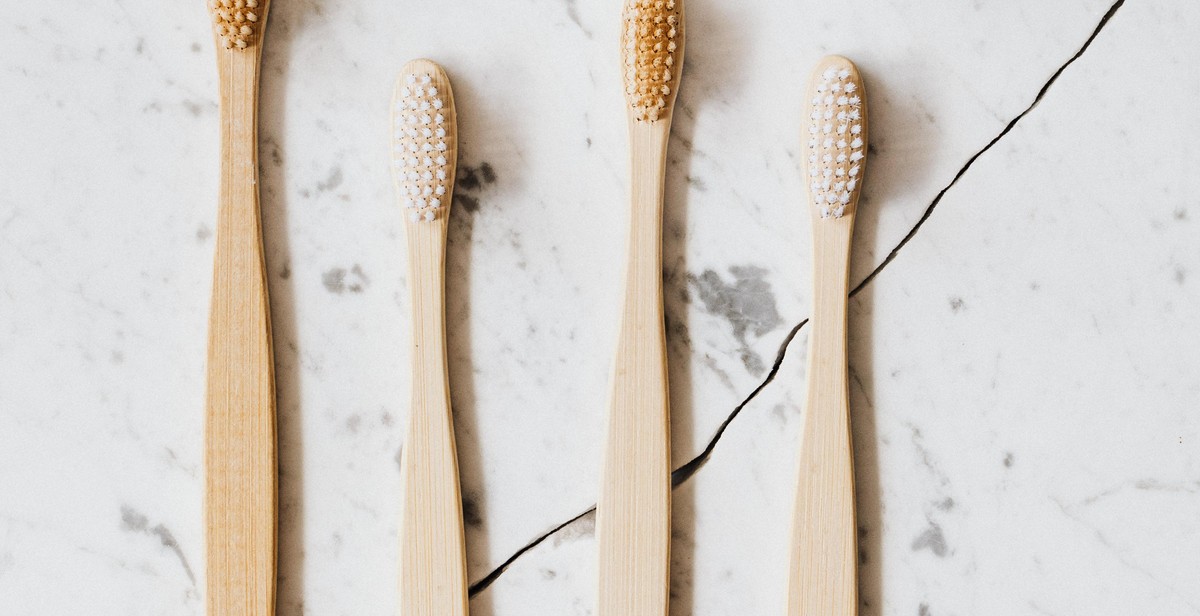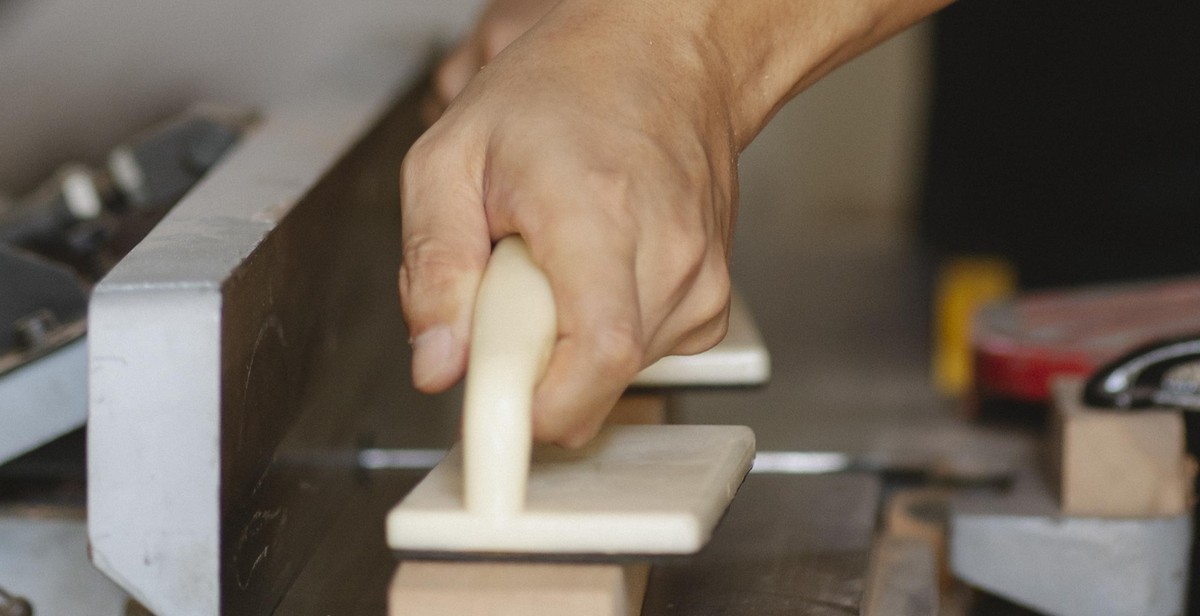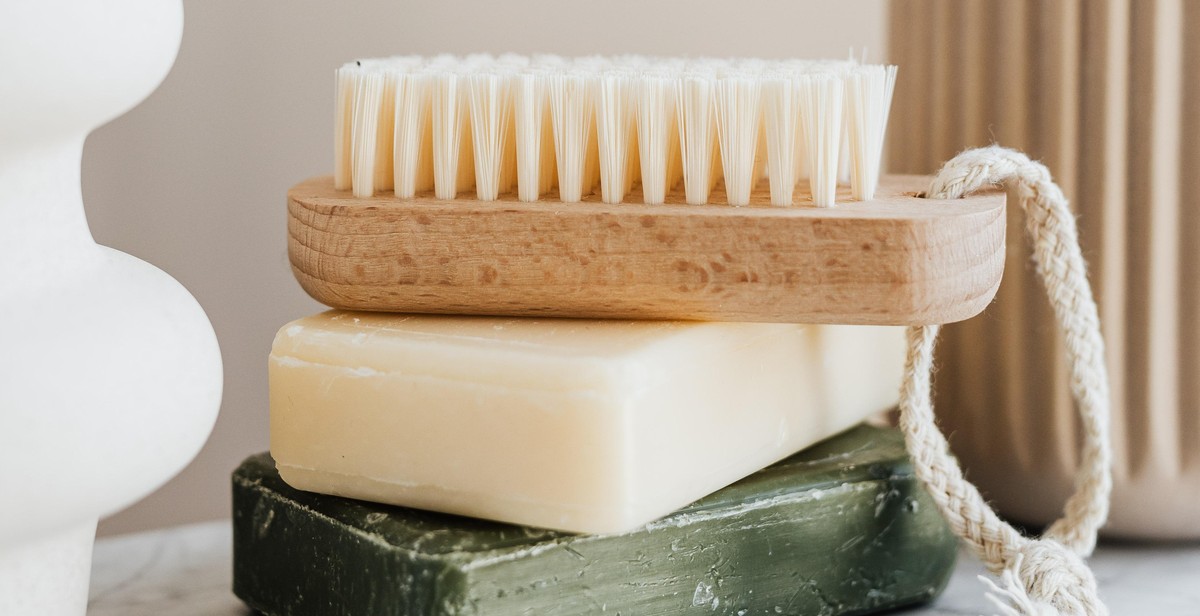How to Choose the Right Toothbrush
A toothbrush is a vital tool for maintaining good oral hygiene. It is essential to choose the right toothbrush to ensure that your teeth and gums remain healthy. With so many options available in the market, it can be challenging to choose the right one. In this article, we will guide you on how to choose the right toothbrush.
Manual Toothbrush vs. Electric Toothbrush
The first decision to make is whether to choose a manual or an electric toothbrush. Manual toothbrushes are cheaper and readily available in stores. They come in different sizes, shapes, and bristle types. Electric toothbrushes are more expensive but offer better cleaning results. They come with various features such as timers, pressure sensors, and multiple brush head options.
Bristle Type
The bristle type is another factor to consider. Soft bristles are gentle on the teeth and gums and are suitable for people with sensitive teeth. Medium and hard bristles are more effective in removing plaque, but they can cause damage to the enamel and gums if not used correctly.
Size and Shape
The size and shape of the toothbrush head should fit comfortably in your mouth and reach all areas of your teeth and gums. A small head is better for children and people with small mouths, while a larger head is suitable for adults with a bigger mouth.
ADA Seal of Acceptance
Look for the American Dental Association (ADA) Seal of Acceptance on the toothbrush packaging. It ensures that the toothbrush has been tested and meets the ADA’s standards for safety and effectiveness.
By considering these factors, you can choose the right toothbrush that suits your needs and ensures good oral health.

Why Choosing the Right Toothbrush is Important
Choosing the right toothbrush is crucial when it comes to maintaining good oral hygiene. A toothbrush is an essential tool that helps prevent dental problems and improves oral health. Here are some reasons why choosing the right toothbrush is important:
Prevents Dental Problems
Using the wrong toothbrush can lead to dental problems such as cavities, gum disease, and tooth decay. A toothbrush with hard bristles can damage the enamel and cause gum recession, leading to sensitivity and pain. On the other hand, a toothbrush with soft bristles can effectively remove plaque and debris without causing damage to the teeth and gums.
Moreover, choosing a toothbrush with the right size and shape can make a significant difference in cleaning hard-to-reach areas of the mouth, such as the back molars and the gum line. A toothbrush with a small head is ideal for reaching tight spaces, while a toothbrush with a larger head is suitable for covering more significant surface areas.
Improves Oral Health
Regular brushing with the right toothbrush can improve oral health and prevent dental problems. Brushing twice a day for two minutes with a soft-bristled toothbrush can remove plaque and bacteria, reducing the risk of cavities and gum disease. It can also freshen breath and improve overall oral hygiene.
Choosing a toothbrush with additional features such as a tongue scraper or rubber bristles can also improve oral health. A tongue scraper can remove bacteria and debris from the tongue, reducing the risk of bad breath. Rubber bristles can massage the gums, improving circulation and promoting gum health.
In conclusion, choosing the right toothbrush is essential for maintaining good oral hygiene. It can prevent dental problems and improve oral health, leading to a brighter smile and healthier mouth.

Types of Toothbrushes
When it comes to choosing a toothbrush, there are two main types: manual and electric. Each type has its own advantages and disadvantages, so it is important to consider your personal preferences and dental needs when making a decision.
Manual Toothbrushes
Manual toothbrushes are the traditional type of toothbrush, consisting of a handle and bristles. They come in a variety of shapes, sizes, and bristle types, such as soft, medium, and hard. Some manual toothbrushes also have special features, such as angled bristles or rubber grips for better control.
One of the main advantages of manual toothbrushes is that they are affordable and widely available. They are also easy to use and require no batteries or charging. However, manual toothbrushes can be less effective at removing plaque and debris than electric toothbrushes, particularly in hard-to-reach areas.
Electric Toothbrushes
Electric toothbrushes use a motor to oscillate or rotate the bristles, providing a more thorough cleaning than manual toothbrushes. They also come in a variety of shapes, sizes, and bristle types, and some models have additional features, such as timers and pressure sensors.
One of the main advantages of electric toothbrushes is that they can be more effective at removing plaque and debris, particularly in hard-to-reach areas. They can also be easier to use for people with limited mobility or dexterity. However, electric toothbrushes are typically more expensive than manual toothbrushes and require batteries or charging.
Conclusion
Ultimately, the type of toothbrush you choose is a personal decision based on your individual needs and preferences. Both manual and electric toothbrushes can be effective at maintaining good oral hygiene when used correctly and consistently.
| Factor | Manual Toothbrushes | Electric Toothbrushes |
|---|---|---|
| Cost | Low | High |
| Availability | Widely available | Less common |
| Effectiveness | Less effective at removing plaque and debris | More effective at removing plaque and debris |
| Convenience | Easy to use, no batteries or charging | May require batteries or charging |

Factors to Consider When Choosing a Toothbrush
Choosing the right toothbrush is essential for maintaining good oral hygiene. With so many options available in the market, it can be overwhelming to choose the right one. Here are the factors to consider when choosing a toothbrush:
Bristle Type
The bristle type is an important factor to consider when choosing a toothbrush. Toothbrushes usually come with soft, medium, or hard bristles. Dentists recommend using a toothbrush with soft bristles as hard bristles can damage the gums and tooth enamel. Soft bristles are gentle on the teeth and gums while effectively removing plaque and food particles.
Head Size and Shape
The head size and shape of a toothbrush are important for reaching all areas of the mouth. A toothbrush with a small head can easily reach the back of the mouth and clean hard-to-reach areas. A toothbrush with a larger head may be more comfortable to use and cover more surface area. Toothbrushes with angled heads can also help reach tricky spots.
Handle Size and Shape
The handle size and shape of a toothbrush are important for comfortable use. A toothbrush with a comfortable grip can make brushing easier and more effective. The handle should also be long enough to reach all areas of the mouth. Some toothbrushes come with ergonomic handles that can provide a better grip and reduce hand fatigue.
Bristle Firmness
The bristle firmness of a toothbrush is another important factor to consider. As mentioned earlier, soft bristles are recommended by dentists. However, some people may prefer a toothbrush with firmer bristles for a more thorough clean. It is important to note that using a toothbrush with hard bristles can damage the gums and tooth enamel.
Considering these factors when choosing a toothbrush can help maintain good oral hygiene and prevent dental problems. It is also important to replace your toothbrush every three to four months or when the bristles start to fray to ensure optimal cleaning.

How to Choose the Right Toothbrush for You
Choosing the right toothbrush is crucial for maintaining good oral health. With so many options available in the market, it can be overwhelming to make the right choice. Here are some tips to help you choose the right toothbrush:
Consult with Your Dentist
Your dentist is the best person to advise you on the type of toothbrush that suits your needs. They can recommend a toothbrush with soft bristles if you have sensitive teeth or gums. If you have braces or other orthodontic appliances, your dentist may recommend an electric toothbrush with a small round head to clean hard-to-reach areas.
Consider Your Needs and Preferences
Everyone has different needs and preferences when it comes to toothbrushes. Here are some factors to consider:
- Bristle type: Toothbrushes come with soft, medium, or hard bristles. Soft bristles are recommended by dentists as they are gentle on your teeth and gums.
- Toothbrush head: Choose a toothbrush head that can easily reach all areas of your mouth, especially the back teeth. A smaller toothbrush head may be more effective in cleaning hard-to-reach areas.
- Manual or electric: Electric toothbrushes are more effective in removing plaque and reducing gum inflammation. However, they are more expensive than manual toothbrushes. Choose the type that suits your budget and needs.
- Grip and handle: Choose a toothbrush with a comfortable grip and handle that allows you to brush your teeth easily and effectively.
By considering your needs and preferences, you can choose a toothbrush that is comfortable to use and effective in cleaning your teeth.
| Soft Bristles | Medium Bristles | Hard Bristles |
|---|---|---|
| Gentle on teeth and gums | Effective in removing plaque | Not recommended by dentists |
| Recommended by dentists | May cause gum recession if used incorrectly | May damage tooth enamel and gums |
Remember to replace your toothbrush every three to four months or sooner if the bristles become frayed. A worn-out toothbrush can harbor bacteria and may be less effective in cleaning your teeth.

Conclusion
Choosing the right toothbrush is crucial for maintaining good oral hygiene and preventing dental problems. With so many options available in the market, it can be overwhelming to make the right choice. However, by considering the factors discussed in this article, you can select a toothbrush that best suits your needs and preferences.
Key Takeaways
- When choosing a toothbrush, consider the bristle type, size, and shape.
- Soft bristles are recommended for most people, as they are gentle on teeth and gums.
- Electric toothbrushes can be more effective in removing plaque and improving gum health.
- Replace your toothbrush every three to four months or when the bristles start to fray.
Final Thoughts
Investing in the right toothbrush can go a long way in maintaining good oral health. Remember to brush your teeth twice a day for two minutes each time and to floss daily. Additionally, schedule regular dental check-ups to prevent any dental problems and maintain a healthy smile.
| Author | John Smith |
|---|---|
| Date Published | August 23, 2021 |
| Sources |
|
